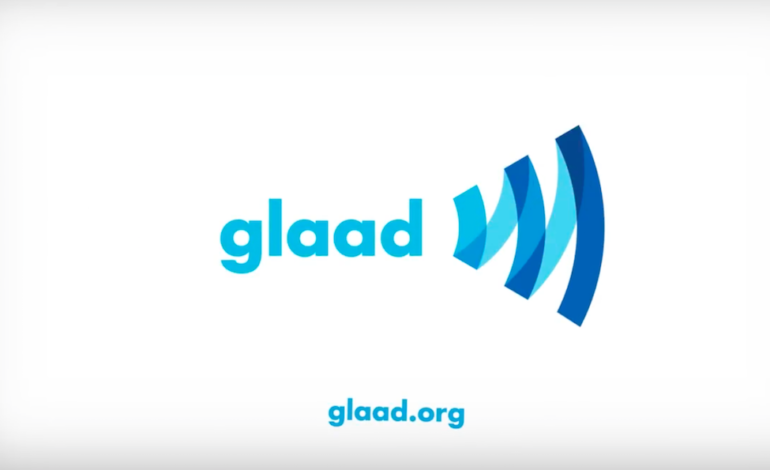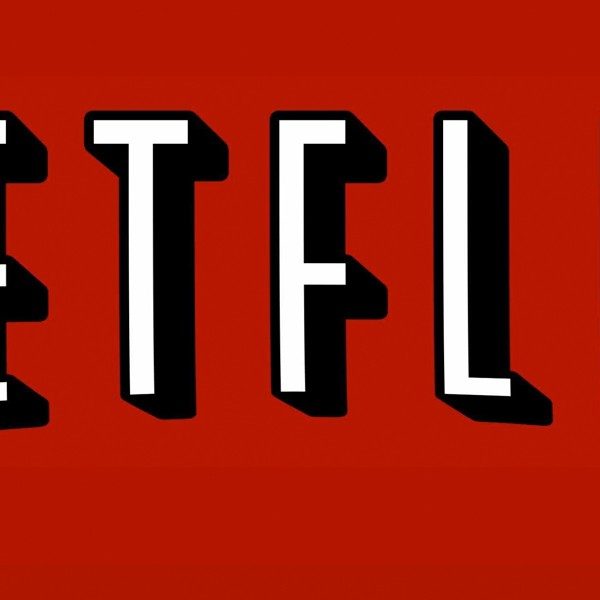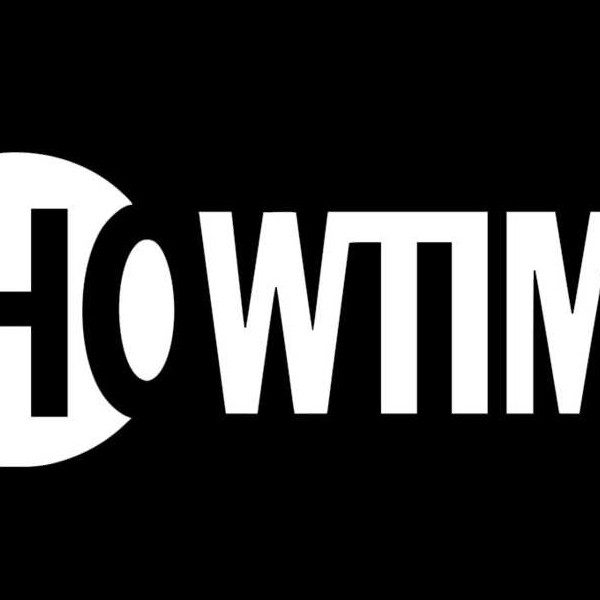

GLAAD’s annual “Where We Are on TV” report came out Thursday. GLAAD is the world’s largest lesbian, gay, bisexual, transgender and queer (LGBTQ) media advocacy organization. It reported that LGBTQ series regulars on broadcast television in the 2019-2020 season had reached a new high of 10.2%. To put that percentage into perspective, 90 out of the 879 series regulars on primetime TV are part of the LGBTQ community. The percentage went up from 8.8% during the 2018-2019 television season.
Sarah Kate Ellis, President and CEO of GLAAD said, “Last year, GLAAD called on the television industry to increase the number of LGBTQ characters and more accurately reflect the world we live in, and they responded by exceeding this challenge.” She added in her statement, At a time when the cultural climate is growing increasingly divisive, increased representation of LGBTQ stories and characters on television is especially critical to advance LGBTQ acceptance. Shows like Pose, Schitt’s Creek, Batwoman, and Billions demonstrate that not only are LGBTQ stories and characters on TV becoming more diverse, but that viewers everywhere continue to respond with extreme positivity.”
GLAAD has tracked the rise of LGBTQ characters on television since the 2005-2006 season. In the 10.2% of LGBTQ regulars, 22% are black, 13% are Latinx, and 8% are Asian Pacific Islanders. Representation of lesbians has increased this year by 8%, now 33% of series regular and recurring characters identifying as such. Overall, there are more LGBTQ women than men on broadcast TV- a first since GLAAD has created “Where We Are on TV.” In the report, GLAAD stated, “This increase is exciting to see, given that LGBTQ women have been historically underrepresented in media.”
Megan Townsend, director of GLAAD’s Entertainment Research and Analysis, said, “This year’s Where We Are on TV study found great progress towards a more LGBTQ-inclusive television landscape, and highlighted welcome increases of transgender men and queer women in upcoming programing.”
For the second year, The CW came in first place for representation in broadcast TV, with 15.4% of its regulars identifying as LGBTQ. Last year, The CW’s Supergirl introduced the first transgender superhero Nia Nal played by trans advocate and actress Nicole Maines. This year, The CW added Batwoman to their Arrowverse roster; Batwoman’s main character is a lesbian played by Ruby Rose. Other shows that feature LGBTQ characters on the network are Black Lightning, Legends of Tomorrow, and Riverdale.
Showtime is the most inclusive network on cable, with 38 of its regular and recurring characters identifying as LGBTQ. A majority of these characters being featured on The L Word: Generation Q. The reboot of the original series The L Word comes out Dec 8, at 10 PM. Other shows that feature LGBTQ characters on the network are Billions, The Chi, and Kidding.
GLAAD reported 153 regular and recurring characters identifying as LGBTQ on streaming services. Netflix has the most LGBTQ characters out of the other streaming sites, claiming 121 of those characters. Netflix’s LGBTQ-inclusive shows include Atypical, Dear White People, and She-Ra and the Princesses of Power.
Townsend doesn’t want this progress to pacify networks from trying to be more inclusive. Townsend noted, “On cable TV, just three networks account for 44 percent of all LGBTQ representation on primetime scripted series. Similarly, programming from four dedicated producers and creators who prioritize inclusion, Greg Berlanti, Lena Waithe, Ryan Murphy, and Shonda Rhimes, accounts for 14 percent of total LGBTQ characters across broadcast, cable, and streaming originals. We hope to see all networks follow their lead, and work towards reflecting the reality of their audience and the culture.”


